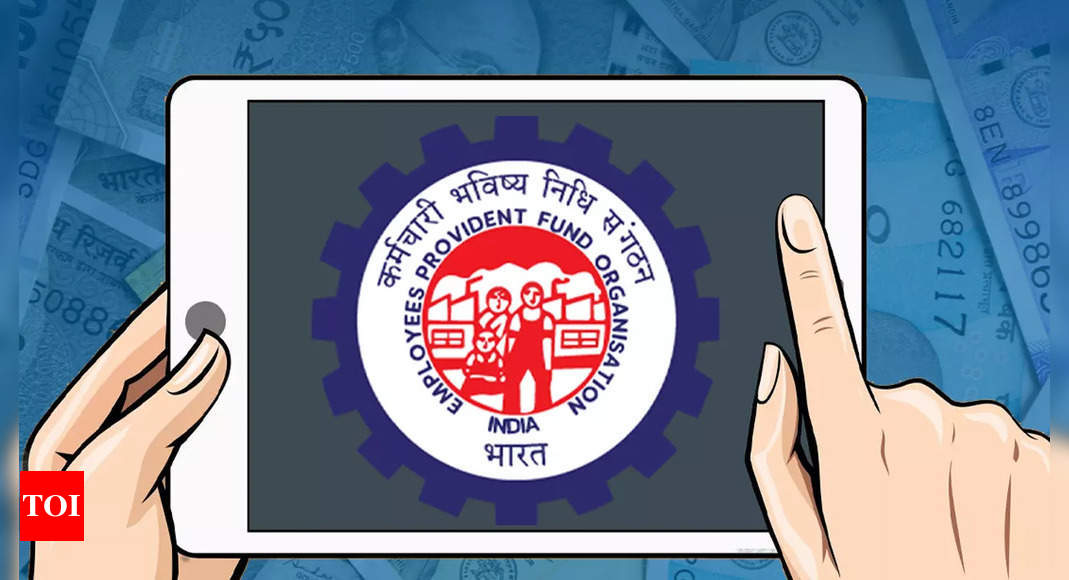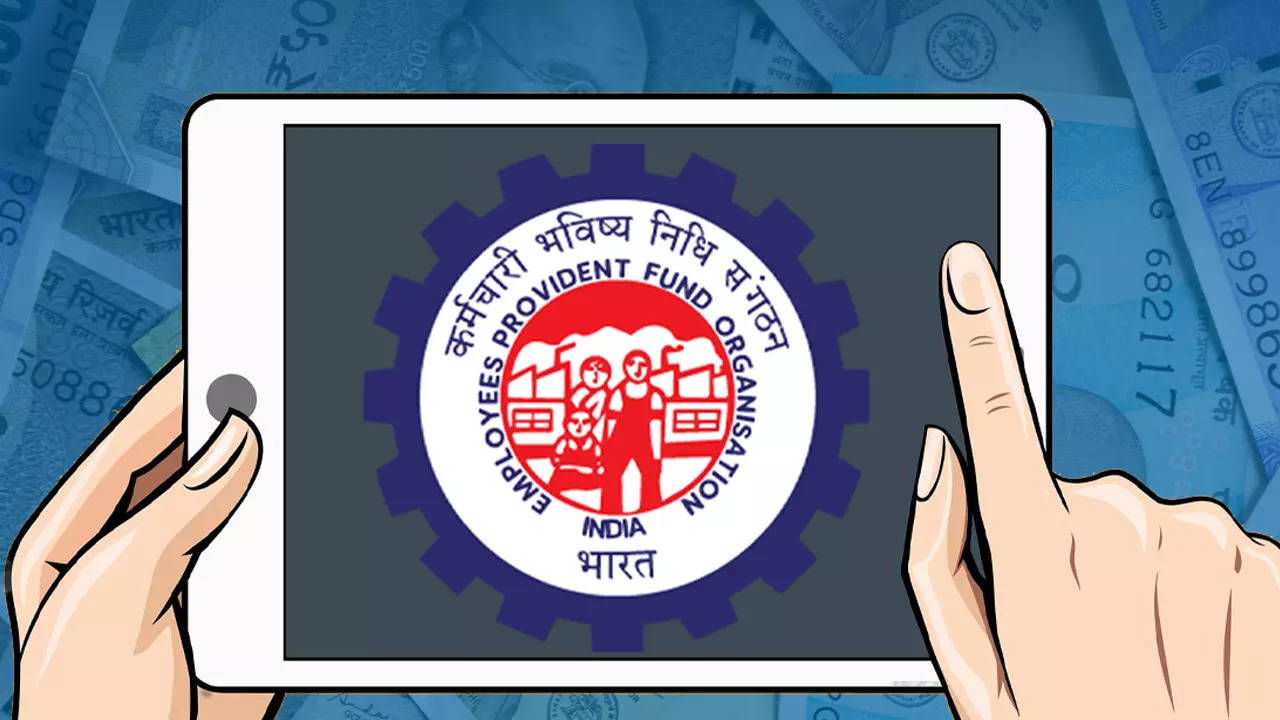
[ad_1]
Starting from April 1, 2023, the new tax regime became the default option. Consequently, if an employee fails to inform their employer about their tax regime preference at the beginning of the financial year, their salary’s Tax Deducted at Source (TDS) will be calculated based on the new tax regime.
However, amidst this hustle, there’s one often-overlooked avenue that inadvertently aids in tax-saving – the Employees’ Provident Fund (EPF). If you are looking to opt for the old income tax regime, then be aware of the EPF benefits, returns, liquidity and other details.
Also Read | New Vs Old Tax Regime: How income of even Rs 10 lakh can be tax-free under old tax regime
An individual’s contribution to the EPF is deducted from their salary before it reaches their bank account. This contribution qualifies for a deduction under Section 80C of the Income Tax Act, 1961.
Maximising EPF contributions for tax benefits
According to an ET report, under the EPF scheme, employees contribute 12% of their basic salary to the EPF account, matched by the employer. However, tax benefits under Section 80C apply only to the employee’s contribution, not the employer’s.
It’s important to highlight that there’s no cap on the amount employees can deposit into their EPF account, only a percentage limit. However, Section 80C permits deductions of up to Rs 1.5 lakh annually from the gross total income.
For example, if someone earns a yearly basic salary of Rs 7 lakh, their EPF contribution for the full financial year would be Rs 84,000 (12% of Rs 7 lakh). In this case, the entire amount is eligible for deduction under Section 80C. To optimise the benefits under Section 80C, they may consider making additional investments in specific avenues like ELSS mutual funds or paying life insurance premiums.
Now, if someone earns an annual basic salary of, let’s say, Rs 15 lakh, their EPF contribution for the full fiscal year would be Rs 1.8 lakh (12% of Rs 15 lakh). However, only up to Rs 1.5 lakh is eligible for deduction under Section 80C. The remaining Rs 30,000 will not qualify for the deduction. Hence, when planning for tax saving investments under the old regime, it’s important to note that the Section 80C limit would have been consumed by EPF only.
Voluntary Provident Fund (VPF) for enhanced savings
It’s important to mention that individuals can contribute more than the mandatory 12% to their EPF account through the Voluntary Provident Fund (VPF). They can contribute up to 100% of their basic salary to the EPF. If an individual’s own contribution to EPF is less than Rs 1.5 lakh in a financial year, they can make additional contributions via VPF. These VPF contributions are also eligible for deductions under Section 80C.
Also Read | TDS on salary: Don’t pay higher tax! How to choose between new and old income tax regime
EPF Returns, liquidity, and taxation
- Interest is paid to EPF account holders on their contributions. The government announces the interest rate every financial year, and for FY2023-24, it has been set at 8.25%. This rate is notified by the Finance Ministry before the Employees’ Provident Fund Organisation (
EPFO ) starts crediting the money to the EPF account. - Similar to other tax-saving investments, EPF also has a lock-in period. The EPF account matures at the time of the employee’s retirement, typically at the age of 58. However, if an employee leaves their job and remains unemployed for two months thereafter, they can close the EPF account and withdraw the accumulated funds along with the interest.
- Additionally, the EPF scheme permits partial withdrawals for specific purposes, subject to certain eligibility criteria. For example, withdrawals are allowed for purchasing a house after 5 years of membership, and for self, children, and siblings’ marriages after 7 years of membership.
- Investments in the EPF account are tax-exempt under specific conditions. According to income tax laws, an individual’s EPF contributions are tax-exempt, provided withdrawals are made after 5 years of continuous service. However, withdrawals made before completing five years of service are taxable.
Interest earned on an employee’s EPF contribution is tax-exempt up to a certain limit. If the interest earned from the employee’s EPF contribution exceeds Rs 2.5 lakh in a financial year, it becomes taxable. However, if the individual’s EPF contribution remains below Rs 2.5 lakh in a financial year, the interest earned remains tax-exempt. This limit has been raised to Rs 5 lakh for government employees.
Additionally, besides the employee’s contribution, there’s also an employer’s contribution to the EPF account. If the total contribution from the employer to EPF, superannuation fund, and National Pension System (NPS) exceeds Rs 7.5 lakh in a financial year, the employer’s contribution becomes taxable. Furthermore, any interest, returns, or dividends earned on the excess contribution will also be taxable.
[ad_2]
Source link








